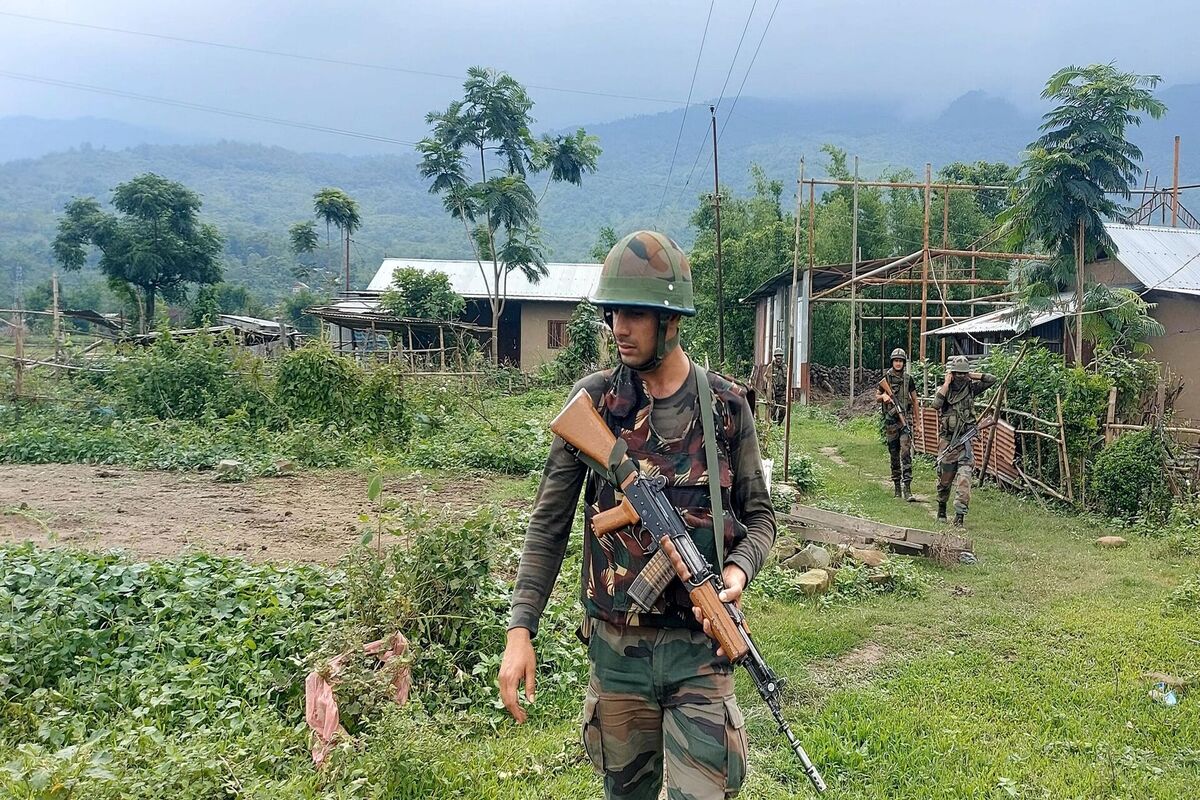Mizoram records lowest voter turnout among northeast states
This figure was reported by the ECI Voter Turnout Portal by 5 PM, indicating a decline from the 63% turnout seen in the 2019 General Election to the Lok Sabha.
This humanitarian crisis of refugees has become the central theme of the political campaigning in Mizoram with various political parties vying to woo eligible voters on the issue.

In the north-eastern belt of India where states share a substantial portion of their borders with neighbouring countries, politics has long been influenced by cross-border infiltration. Poll-bound Mizoram’s case is no different, except for the fact that it is “welcoming” the refugees rather than “stopping” them.
This humanitarian crisis of refugees has become the central theme of the political campaigning in Mizoram with various political parties vying to woo eligible voters on the issue.
Mizoram has opened its doors to over 31,000 people from Myanmar who fled their home country following a military coup in February 2021. The Mizoram government has played a crucial role in supporting these refugees by providing essential relief materials and shelter.
Advertisement
These foreign refugees, primarily hailing from Myanmar’s Chin state, have found refuge in camps within Mizoram, where the government continues to extend its support by offering rations and essential supplies. Mizoram shares a 510-kilometer-long porous border with Myanmar, making it a natural haven for those seeking shelter.
In addition to the refugees from Myanmar, Mizoram has also offered assistance to more than 12,000 Kuki people from neighboring Manipur due to ethnic clashes which erupted there in May this year. The Kuki and Chin people are regarded as integral members of the greater Mizo community and have discovered solidarity and assistance in Mizoram.
Francis, one of the refugees who sought shelter in a relief camp in Aizawl, told The Statesman, “We received support from the Young Mizo Association, the Mizoram government, and churches, which helped us with our daily needs when we fled from Chandel district of Manipur due to the fear of violence.”
For the ruling Mizo National Front (MNF), facing anti-incumbency after three terms in power, the refugee issue has surprisingly become a political advantage. Chief Minister Zoramthanga has centered his campaign on the idea of greater Mizo unity and has pledged to reunite the scattered Zo people.
The Zo people are an ethnic group inhabiting regions of India, Myanmar, and the Chittagong Hill Tracts of Bangladesh. They are known by various names like the Chin, Mizo, Kuki, and others, based on their geographic distribution and their shared Kuki-Chin languages.
Even the opposition Congress is in alignment with the ruling party on the refugee issue and advocates for the cause of greater Mizoram. Veteran Congress leader Lal Thanhawla emphasized that the objective of greater Mizoram is enshrined in their state constitution, with a clear provision for the reunification of Zo people scattered across Bangladesh, Myanmar, and parts of Tripura and Assam.
The north-eastern state will go to polls on November 7 and results will be declared on December 3.
Advertisement